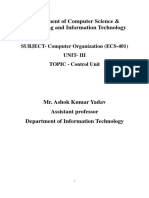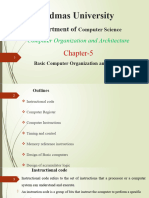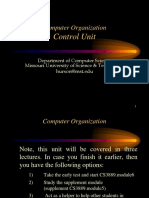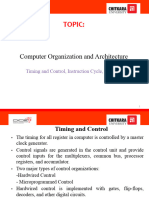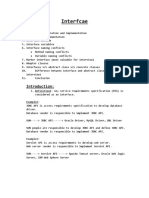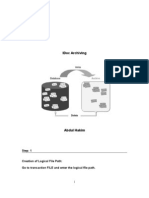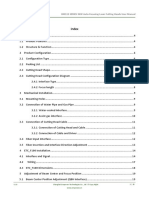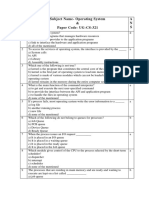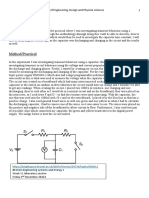100% found this document useful (1 vote)
795 views5 pagesWhat Is Timing and Control in Computer Organization
Timing and control in computer organization are essential for the orderly execution of operations, ensuring that data flows correctly and components work in harmony. The Timing and Control Unit (TCU) generates timing signals to synchronize operations and control signals to manage data flow between components during the Fetch-Decode-Execute cycle. These processes are critical for preventing errors and inefficiencies in computer systems.
Uploaded by
kanikahanda23004Copyright
© © All Rights Reserved
We take content rights seriously. If you suspect this is your content, claim it here.
Available Formats
Download as DOCX, PDF, TXT or read online on Scribd
100% found this document useful (1 vote)
795 views5 pagesWhat Is Timing and Control in Computer Organization
Timing and control in computer organization are essential for the orderly execution of operations, ensuring that data flows correctly and components work in harmony. The Timing and Control Unit (TCU) generates timing signals to synchronize operations and control signals to manage data flow between components during the Fetch-Decode-Execute cycle. These processes are critical for preventing errors and inefficiencies in computer systems.
Uploaded by
kanikahanda23004Copyright
© © All Rights Reserved
We take content rights seriously. If you suspect this is your content, claim it here.
Available Formats
Download as DOCX, PDF, TXT or read online on Scribd
/ 5


